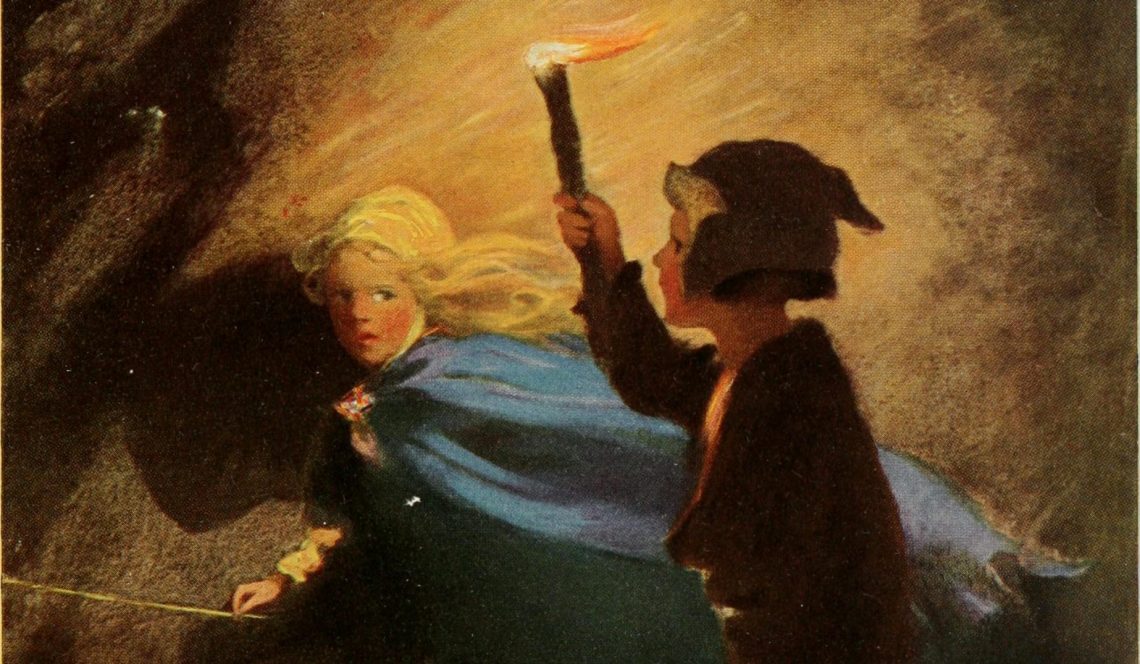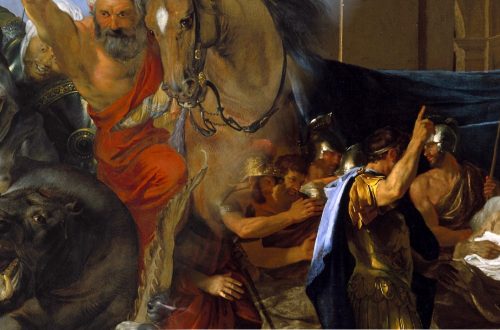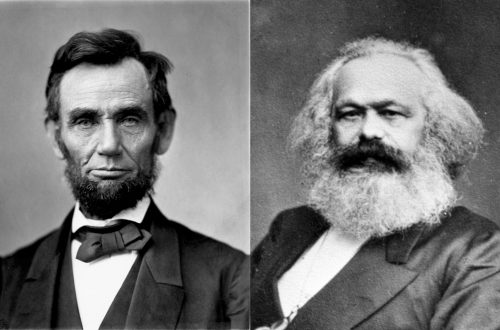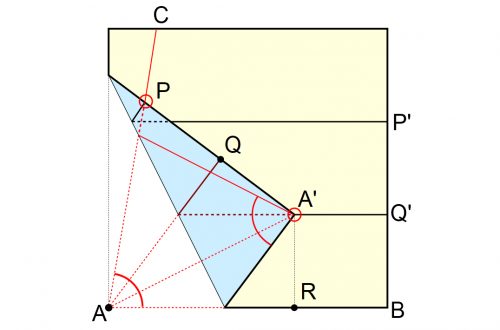Quick Take by Abbey von Gohren
Once I had the pleasure of reading George MacDonald’s fantasy tale The Princess and the Goblin with a group of young students. As soon as we stumbled upon the chapter heading “Irene’s Clue,” the game was on to try to figure out what exactly her clue was. As far as they could tell, there were no “facts or pieces of evidence” pointing to a solution, as one might find on a crime scene. (We had just read The Westing Game by Ellen Raskin so mystery was fresh in their minds.) The classroom dictionary proposed:
clue. n. a fact or piece of evidence used to solve a crime or that serves to reveal something. v. (clues, clueing, clued) (Clue someone in) informal inform someone about something.
Princess Irene’s story didn’t seem to correspond strongly to a whodunit. Rather, she follows a magical thread which eventually leads her to her friend Curdie who is being held captive by goblins deep in the cavernous mines near her castle. At this point, at least five hands shot up, each wanting to be the first to tell me how this was exactly like Theseus and the Minotaur, which story they proceeded to recount excitedly. Ariadne, because of her love for Theseus, secretly slips the hero a ball of string to help him get out of the labyrinth once he has slain the Minotaur within. Now it was easy to see how Irene’s magic ball of thread, Curdie’s ball of real thread earlier in the story, and also Ariadne’s gift to her lover had served these adventurers in different ways as they tried to navigate their respective worlds, both shot through with dangers and beauty.
But still the question remained. What was Irene’s “clue”? We ourselves didn’t have a clue! Our answer finally came from the dictionary right under our noses:
ORIGIN ME (orig. ‘A ball of thread,’ hence one used to guide a person out of a labyrinth): var. of CLEW.
We went on to discover that this “clew” was a northern English and Scottish fragment of Old English cliewen which meant “sphere, ball, skein, ball of thread or yarn.” Going back even further, it appears as if this word might even go back to a common root meaning a mass of clay which also produced our modern words “glue” and “gluten.” In other words, a big ol’ ball of something. Dough? Bread? Suddenly we’re in the dark forest of Hansel and Gretel’s breadcrumbs, that ill-fated “clew.”
Veritas Journal recommends etymology as a wondrous labyrinth to get lost in, but just make sure you’re ready to find your way of the tangled web and mass. Keep a lot of good dictionaries on hand which provide threads to follow, as well as quality online resources like Online Etymological Dictionary.
Also highly recommended are George MacDonald’s wonderful fantasies, including The Princess and the Goblin featured in this post plus its sequel, The Princess and Curdie.

Abbey enjoys the turning of seasons in her home state of Minnesota, where her days are filled to the brim with writing, editing, mothering and teaching.
Header Image: The Princess and Goblin, 1920. public domain.




One Comment
Henry Lewis
Delightful. I never knew about this clew.